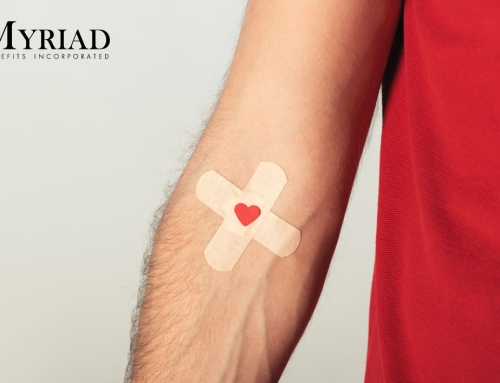Lung cancer is the third most diagnosed cancer in men and the fifth most diagnosed in women in Puerto Rico. Smoking cigarettes is the number one cause of lung cancer. This cancer can also be caused by tobacco use in other modalities such as smoking pipes or cigars, secondhand smoke, a family history of lung cancer, and exposure to asbestos and radon.
In most cases, lung cancer does not cause symptoms in people until it reaches an advanced stage. Symptoms vary from person to person; the most common may be:
- Persistent or worsening cough,
- Chest pain,
- Difficulty in breathing,
- Wheezing or a whistle,
- Cough with blood,
- Feeling tired all the time,
- Multiple episodes of pneumonia,
- Inflammation of lymph nodes between the lungs and
- Weight loss for no apparent reason.
The risk of lung cancer can be reduced by following these steps.
- Don’t smoke. If you already smoke, quit. Within 20 minutes of quitting, blood pressure, pulse, and temperature of hands and feet return to normal; one among other benefits a person receives when quitting smoking.
- Avoid secondhand smoke. Do not allow smoking in your home or car and stay away from smokers. First-hand smoke is inhaled by the smoker, second-hand smoke is inhaled by the person near someone who smokes, and third-hand smoke is inhaled in an area long after a cigarette or cigarette goes out.
- Home test for radon. Radon is the second leading cause of lung cancer in the United States. Radon is a natural gas without smell, taste and cannot be seen, forms in rocks, earth, and water. Enter structures (houses and buildings) through cracks or holes. The United States Environmental Protection Agency, EPA, recommends testing for radon in homes.
There are two main categories of lung cancer: small cells and non-small cells which is the most common. Once lung cancer is diagnosed other tests are done to determine the stage and treatment alternatives. Check with your doctor if you should have a lung cancer test.
By: Tania Mangual-Monzón, MS, BHE
Rerences:
Centers for Disease Control and Prevention













